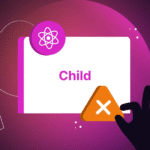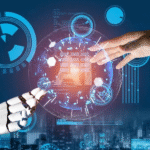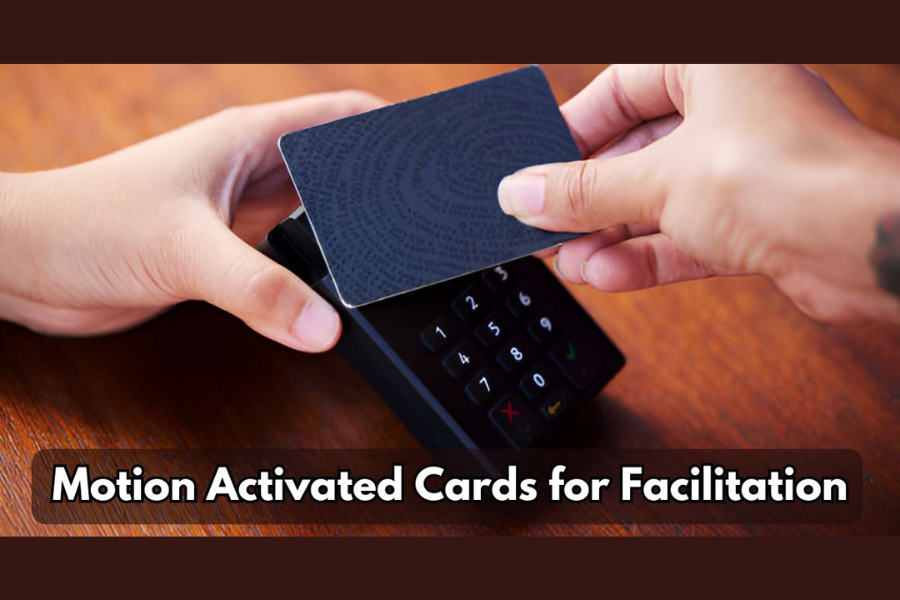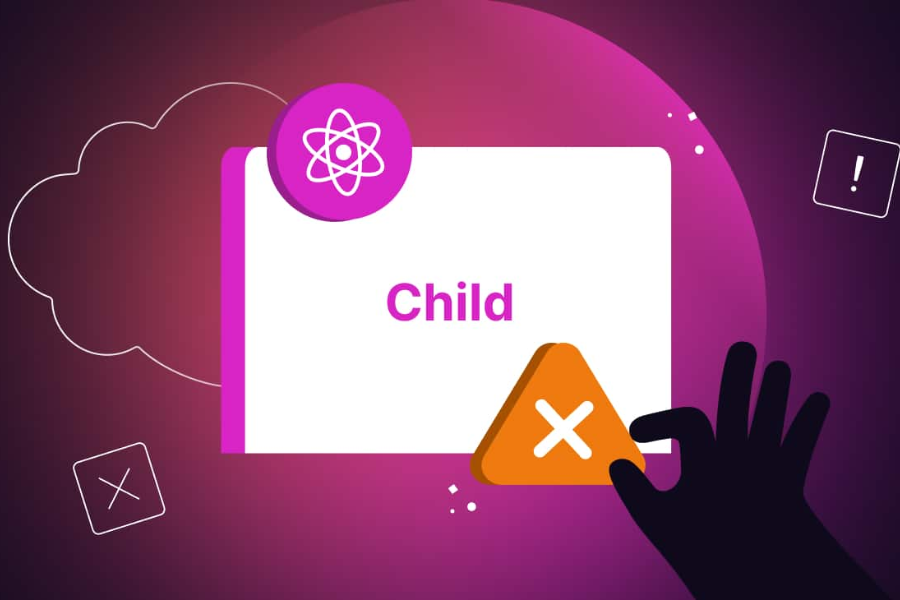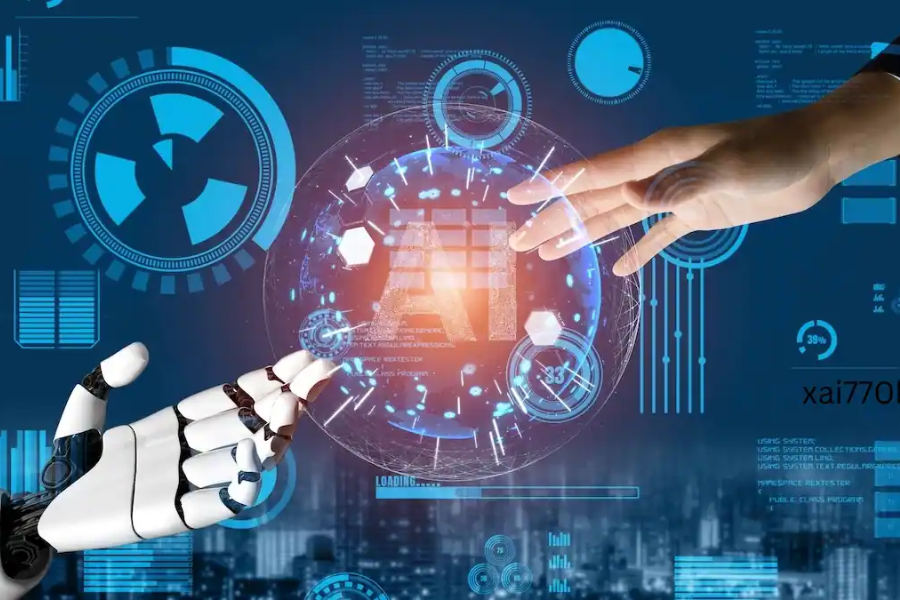In today’s fast-paced technological world, where innovation continually reshapes our methods of communication and collaboration, motion-activated cards have emerged as a revolutionary tool. These cards, integrating both traditional physicality and modern digital technology, are changing the way we interact and engage in various settings. From educational institutions to corporate events, these dynamic cards offer a new level of facilitation that enhances productivity and engagement.
The Concept Behind Motion-Activated Cards
Motion-activated cards are a blend of hardware and digital capabilities designed to facilitate communication and interaction. By using sensors and microprocessors, these cards perform specific actions in response to user movements. Whether it’s illuminating a display, triggering a message, or starting a digital interaction, these cards transform traditional facilitation methods into a more dynamic and engaging experience.
At their core, motion-activated cards include https://glamourcrunch.com/ essential components such as motion sensors, microprocessors, LED displays, and a power source. These elements work together to provide a seamless interaction that captures attention and promotes engagement. The sensors, for instance, detect movements such as shaking, tilting, or rotating, while the microprocessor processes these inputs to trigger corresponding actions. This fusion of technology allows for a responsive, intuitive user experience.
Application of Motion-Activated Cards
These cards have found applications across various industries, revolutionizing traditional methods of interaction and facilitation. In event management, for example, motion-activated cards are used to guide participants, provide information, or even entertain. Their ability to respond to motion adds a layer of interactivity that enhances the overall experience.
In educational settings, these cards have become valuable tools for promoting active learning. Teachers and facilitators can use them to provide instant feedback, quiz participants, or reveal answers in a more engaging way. By responding to student actions, these cards make learning more interactive and enjoyable.
The corporate world has also embraced motion-activated cards for training sessions, presentations, and team-building activities. They offer an innovative approach to sharing information and encouraging collaboration, all while maintaining user engagement through real-time feedback and dynamic content.
Another promising application is in healthcare and therapy. Motion-activated cards can be used to engage patients in cognitive or physical exercises, making their experience more interactive and motivating. By incorporating sensory feedback, these cards can aid in therapeutic processes, particularly in rehabilitation settings.
Challenges and Considerations
Despite their numerous benefits, motion-activated cards come with certain challenges. One of the primary concerns is cost. The integration of sensors, microprocessors, and other electronic components can make these cards more expensive than their traditional counterparts. However, as technology advances and production becomes more efficient, this cost is expected to decrease.
Another potential issue is the level of interactivity. While the cards are designed to respond to motion, there may be limitations in terms of the range or accuracy of the sensors. Technical glitches can also occur, which might disrupt the user experience.
Privacy concerns are another factor to consider, especially when these cards are used in settings where personal data may be involved. Ensuring that the cards do not compromise sensitive information is crucial for maintaining user trust and compliance with privacy regulations.
Why Motion-Activated Cards Are a Game-Changer
The introduction of motion-activated cards marks a significant shift in how we facilitate communication and interaction. By combining digital responsiveness with the tangible aspect of physical cards, they create a more immersive and engaging experience. Whether used in classrooms, conferences, or healthcare settings, these cards capture attention and encourage deeper exploration of the content.
Their dynamic nature allows users to feel more connected and involved, transforming passive communication into an interactive exchange. The real-time feedback and visual appeal of motion-activated cards not only enhance user experience but also increase retention and engagement.
In conclusion, motion-activated cards are pushing the boundaries of traditional facilitation methods, offering a fresh, innovative approach to communication. As technology continues to evolve, the potential applications and benefits of these cards will only expand, making them an essential tool in various industries.



